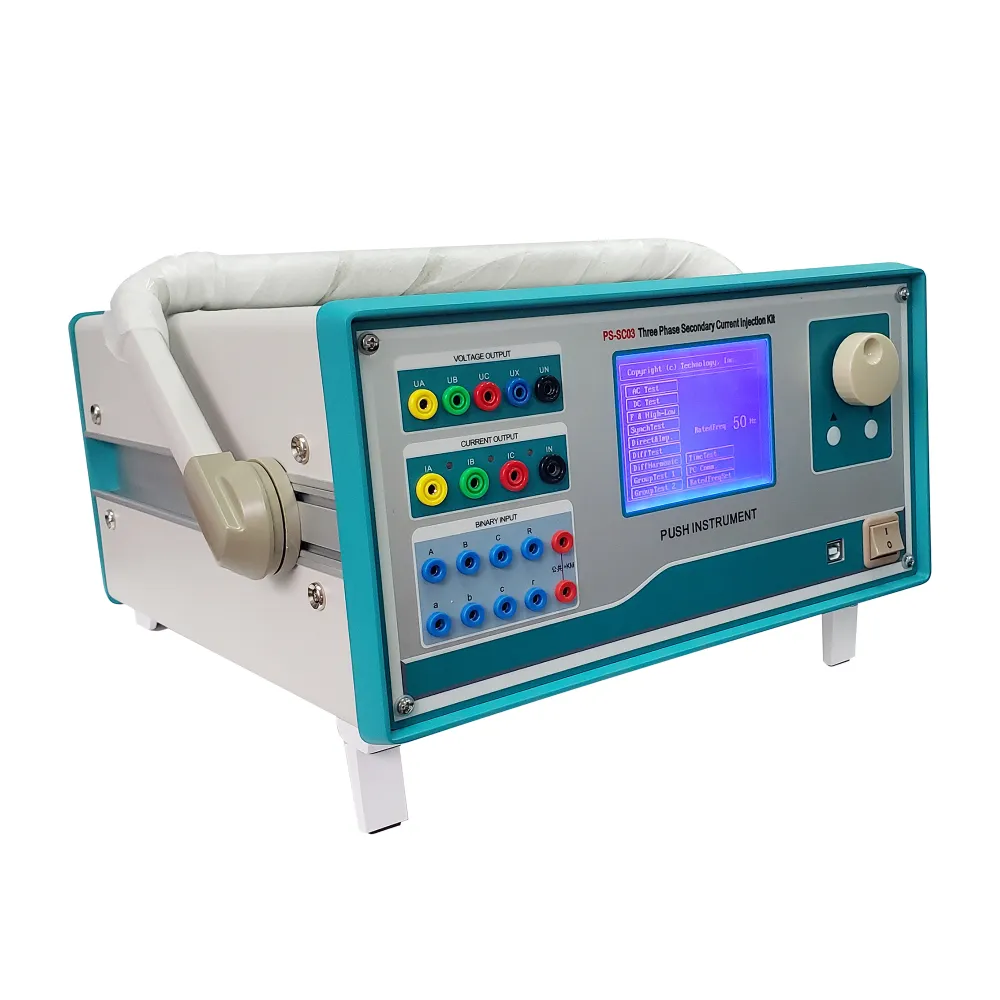 English
English


closed cup flash point apparatus
Understanding the Closed Cup Flash Point Apparatus
The closed cup flash point apparatus is an essential instrument used in various industries to determine the flash point of flammable liquids. Understanding the flash point is crucial for ensuring safety and compliance with regulatory standards. The flash point refers to the lowest temperature at which the vapor of a combustible liquid can ignite in air. This characteristic plays a vital role in the storage, handling, and transportation of hazardous materials.
The apparatus operates by placing a sample of the liquid inside a closed chamber where it is subjected to a controlled heating environment. The chamber is designed to minimize the impact of atmospheric conditions, providing a more accurate measurement of the flash point. As the temperature of the liquid increases, the vapor above it becomes more concentrated. The apparatus includes an ignition source, which is typically a small flame or an electrical spark. When the temperature reaches the flash point, the vapor ignites, and a flash is observed. This moment is crucial as it indicates that the liquid has reached a temperature where it can pose a fire hazard.
Manufacturers of closed cup flash point apparatus utilize various standards, such as ASTM D3828 or ISO 2719, to ensure that their devices provide reliable results. Each standard outlines specific procedures and requirements for testing, which help maintain consistency and accuracy in measurements. The closed cup method is favored in many industries due to its ability to provide a lower flash point reading compared to open cup methods, making it more suitable for applications involving volatile substances.
closed cup flash point apparatus

Industries such as petrochemicals, paints and coatings, and pharmaceuticals rely heavily on flash point testing to mitigate risks associated with fire and explosion. By understanding the flash point of materials, companies can implement appropriate safety measures, including proper labeling, storage protocols, and employee training. Furthermore, regulatory bodies often mandate flash point determinations to align with safety guidelines and chemical classification requirements.
In addition to safety considerations, knowledge of a liquid's flash point can impact product development and formulation. For instance, if a new chemical is intended to be used as a solvent, a low flash point may preclude its use in certain applications, leading developers to seek alternative options.
In summary, the closed cup flash point apparatus is a pivotal tool in the analysis of flammable liquids. It not only ensures the safety of operations involving hazardous materials but also aids manufacturers in adhering to regulations and developing safer products. By understanding the intricacies of the flash point testing process, industries can better manage risks while continuing to innovate and grow in their respective fields.
-
Differences between open cup flash point tester and closed cup flash point testerNewsOct.31,2024
-
The Reliable Load Tap ChangerNewsOct.23,2024
-
The Essential Guide to Hipot TestersNewsOct.23,2024
-
The Digital Insulation TesterNewsOct.23,2024
-
The Best Earth Loop Impedance Tester for SaleNewsOct.23,2024
-
Tan Delta Tester--The Essential Tool for Electrical Insulation TestingNewsOct.23,2024





